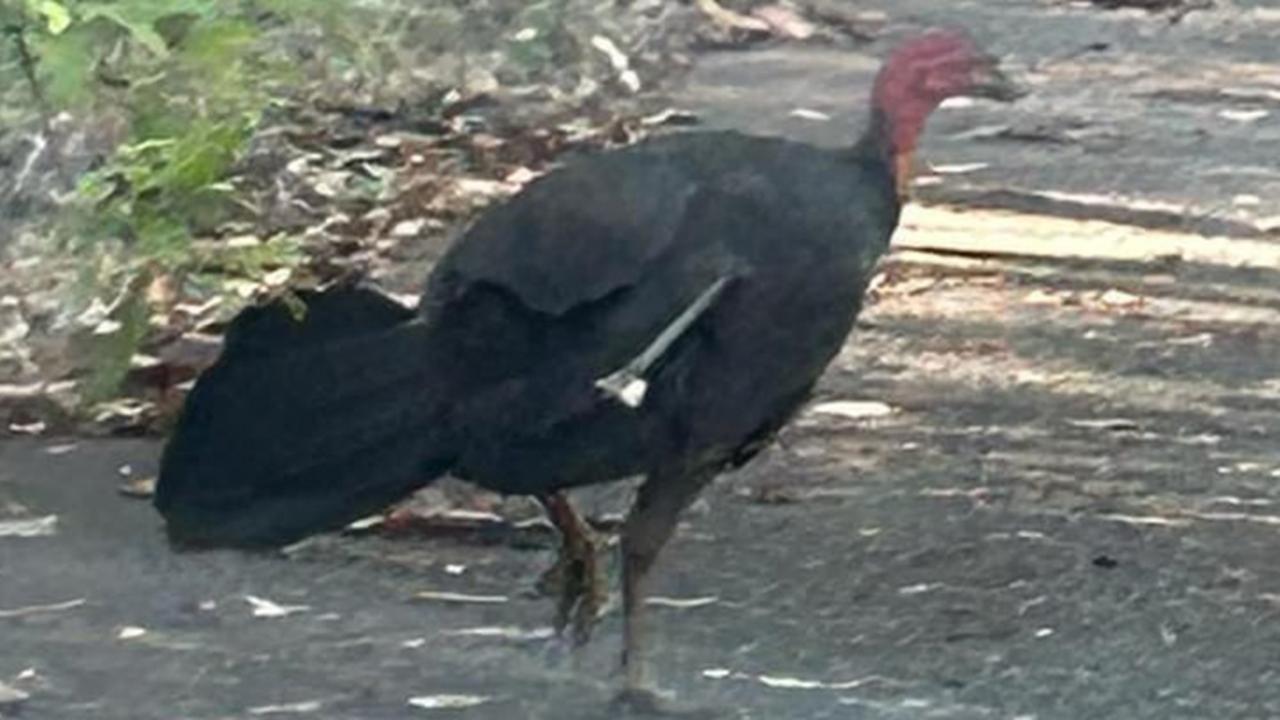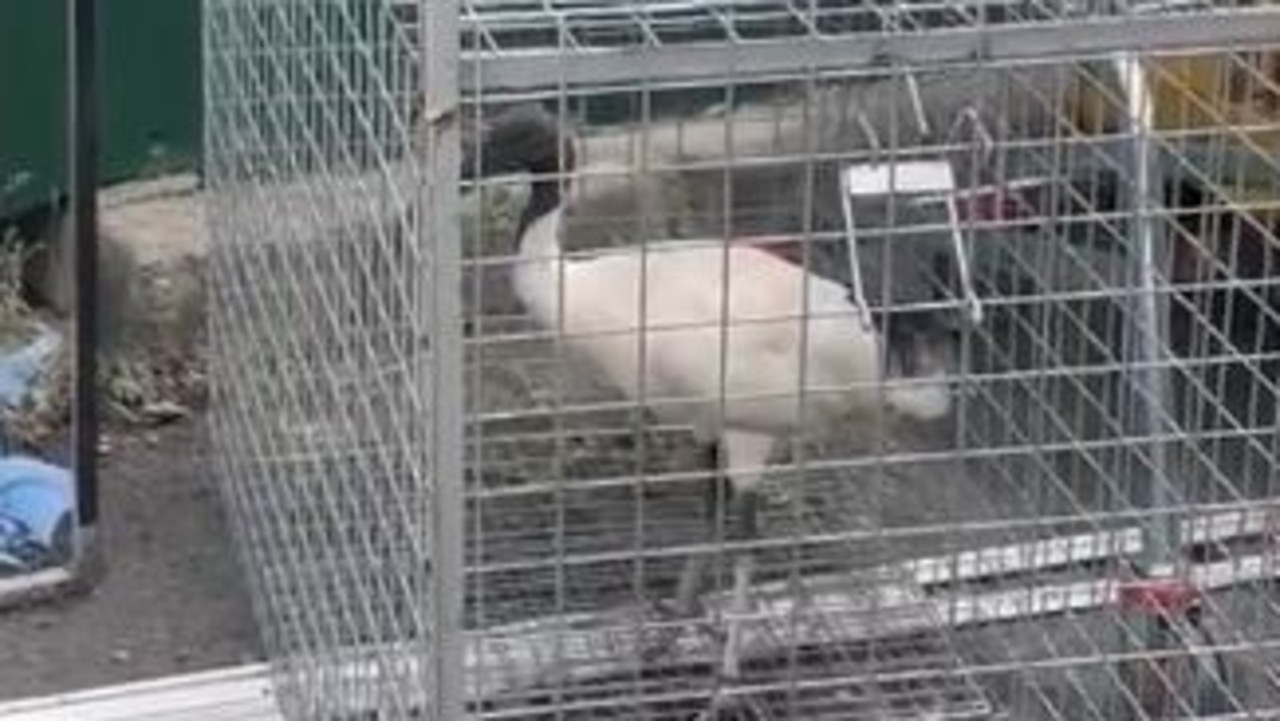Gold Coast whale watching: What it’s like to be a Sea World Cruises photographer
Sometimes, being covered in whale snot is just part of the job when you’re a photographer aboard a Gold Coast whale watching boat.
Pets & wildlife
Don't miss out on the headlines from Pets & wildlife. Followed categories will be added to My News.
SOMETIMES, being covered in whale snot is just part of the job.
At least, that’s what wildlife photographer Nicolas Rakotopare has to prepare for as lead photographer on Sea World’s whale watching trips.
“The other week we had a huge female approach the vessel,” he told the Bulletin.
“I thought I’d make the most of the vessel’s water-level viewing deck and getting right down at eye level with her as she spy-hopped, a behaviour where whales lift their heads out of the water to look above the surface.
RESCUERS FREE WHALE CALF CAUGHT IN NETS

“I got the shot and more than I bargained for when she exhaled and covered me from head-to-toe in whale snot.”
OTHER NEWS:
Toddler nearly died after drinking liquid fantasy
Stop being a coward’: Daughter’s plea to hit-run driver
Where to celebrate Oktoberfest on the Gold Coast
Mr Rakotopare is one of three Sea World photographers that regularly snap stunning photos of the wild mammals and has more than a decade of experience behind him.
AMAZING OFFER: GET A SAMSUNG GALAXY TAB A 8.0 WITH THIS BULLETIN SUBSCRIPTION (T & Cs apply)

The Madagascar-born ecologist said it could be a challenge capturing the perfect photo of such unpredictable creatures, but it was something they quickly became addicted to.
“After taking tens of thousands of spectacular pictures of whales, we’re all still searching for the perfect frame,” he said.
GOLD COAST HOLDS WHALE FESTIVAL

“It almost becomes an addiction. Every single trip is unique and there is a lot of friendly rivalry between the team about who can bring back the best breach or capture the essence of an amazing encounter.”
The photos are not only used as souvenirs for passengers aboard the boat, but are also shared with the Griffith University Centre for Coastal Management.
Whales have unique patterns on the underside of their flukes, which researchers can use to “build up life histories” for individuals.
The whale watching season continues until early November.



